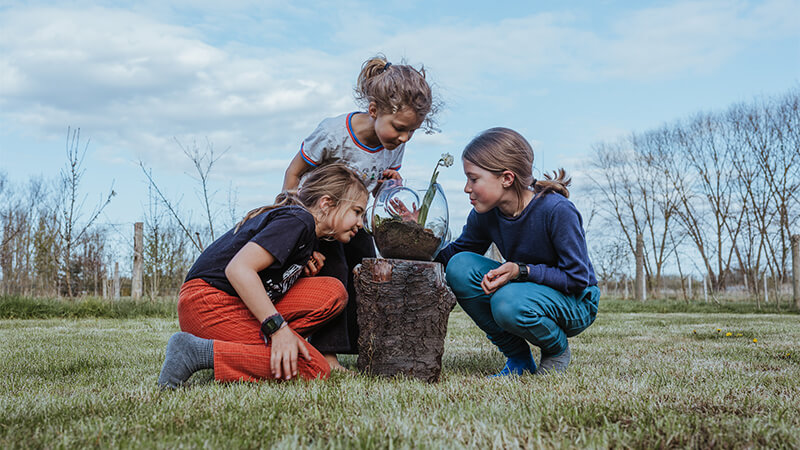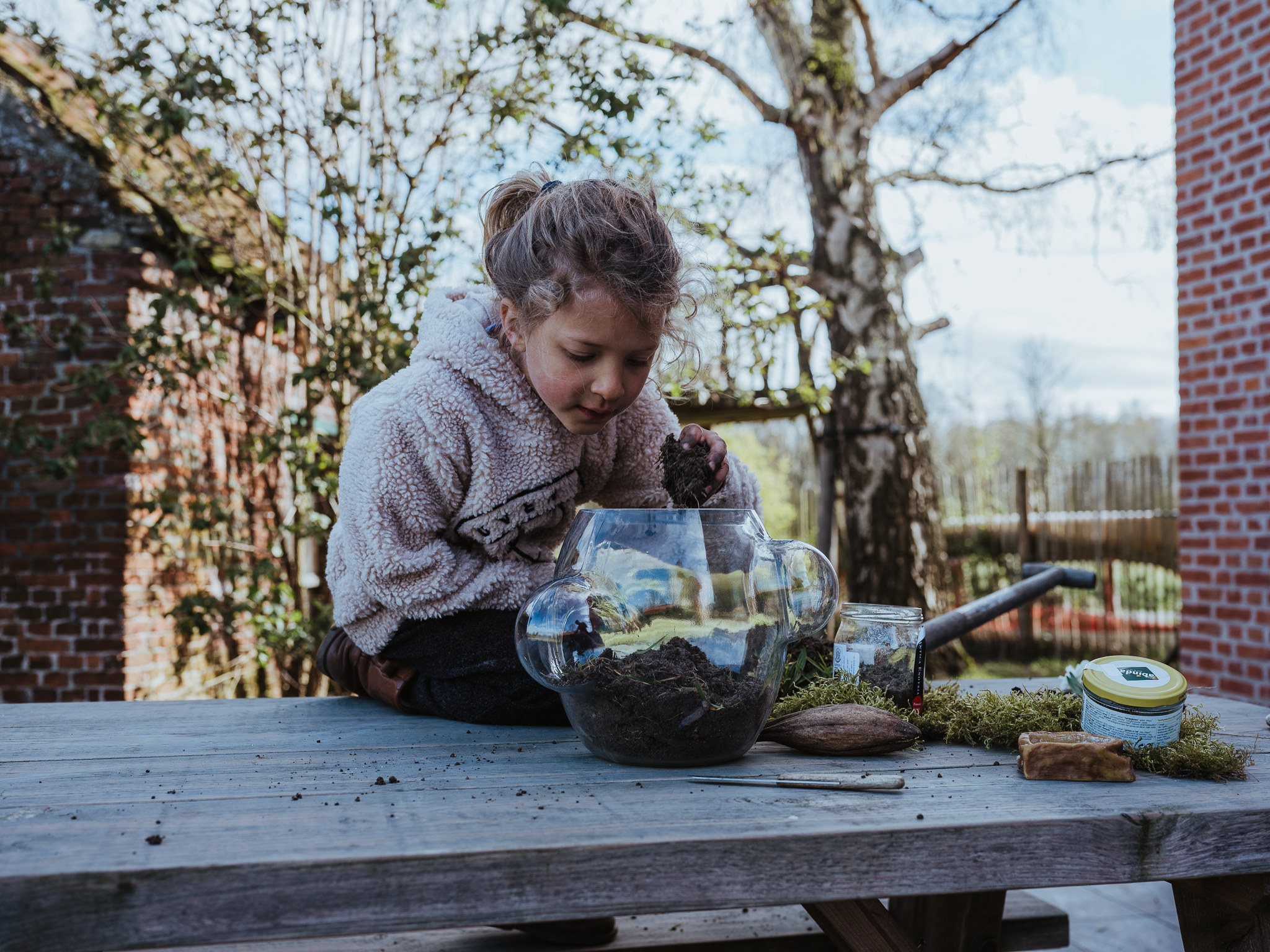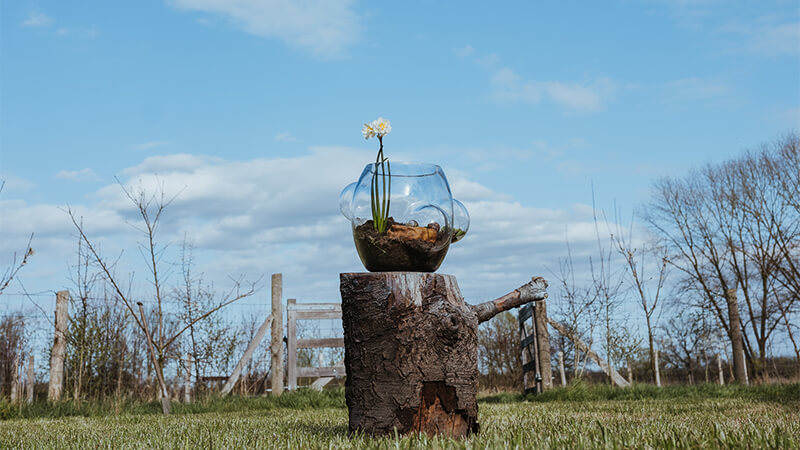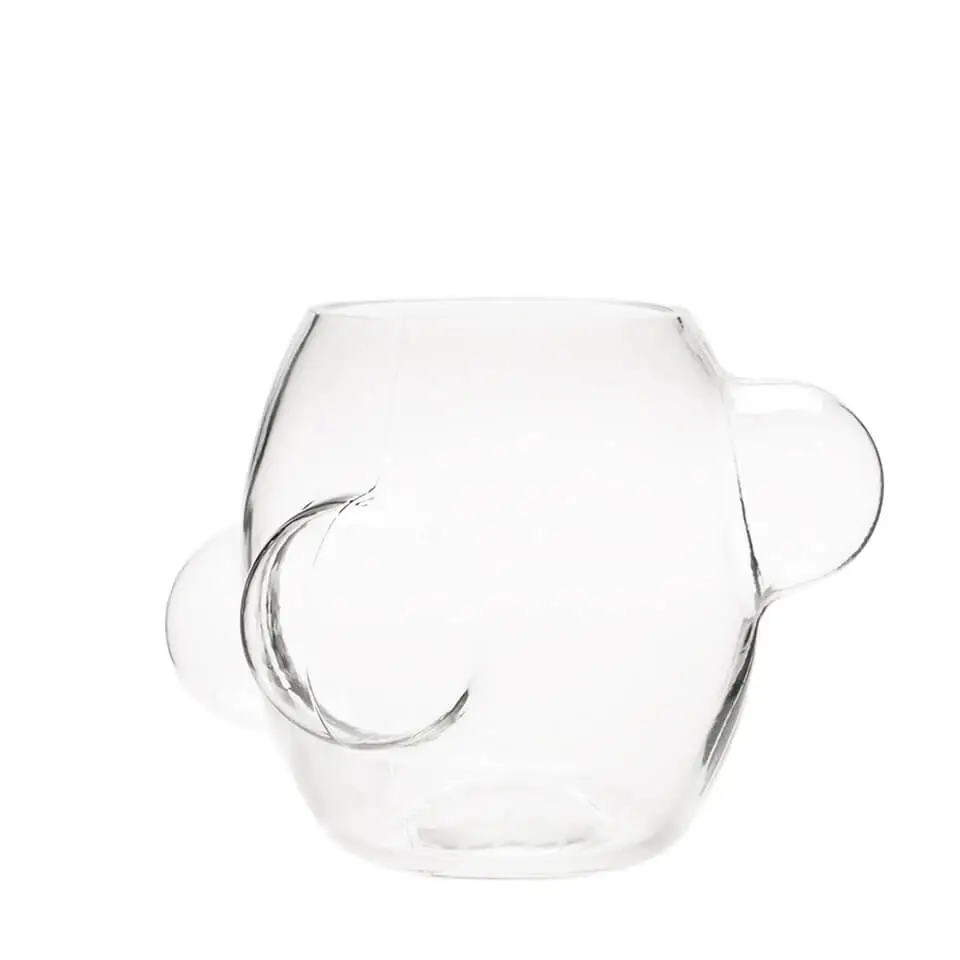
Découvrez les créatures qui vivent dans votre jardin
It is time to go on a garden adventure to meet the creatures living in your garden. The Local Habitat encourages you to do so. By taking the glass research dome with you, you can create a temporary home for the insects you find in your garden. Observe, learn and set them free once you’ve gotten to know them.
Every Local Habitat comes with a booklet created by biologist Arie van der Meijden. This booklet gives you all the tips and tricks on responsible observation and shows you what you can expect to find in your surroundings. It covers topics from ponds to fields to ditches and dykes. For now, we will focus on your own back yard! Besides the Local Habitat, finding insects in your garden does not require any special tools.
Before you start
While not necessary, a tip before you start to explore your garden is to get out an umbrella. By holding an upturned umbrella under a bush or tree and shaking the branches, insects will safely fall into the umbrella. You can then transfer them to the Local Habitat. Always make sure to cover the base with some soil, plants and sticks or dead leaves for a hiding place. Provide water in the form of a wet cotton. This prevents your study objects from drowning in a water dish. And most importantly, treat the insects with respect and always end by setting them free.

Picture by Wolvenkinderen. Find their website here.
What can you find in your garden?
Snails and slugs
Snails are herbivores. Try and find out what leaves they prefer.
What to watch for?
- Did you know the tongue of the snail is covered with hard little teeth? You can sometimes see them when the snail moves across the glass! Speaking of moving, you can clearly see the muscle contractions when the snail moves across the glass.
- The rim of the opening of the shell tells you what age your snail is. A sharp rim means the snail is still growing, while a rounded and darker rim shows the snail is done growing and is probably 2 to 3 years old!
Woodlice
Dead leaves and compost are the woodlice’ favorite food. Make sure to leave them some!
What to watch for?
- Try to spot the female woodlice by seeing if they have a little pouch on their belly. If pregnant this pouch holds tiny little wood lice. You might even see them get released from the pouch!
- Woodlice are very easy to keep as pets, so you can observe them for a longer period of time. Cover the opening of the Local Habitat to conserve moisture inside.
Earwigs
Earwigs love fruit and the soft part of a plant, like flowers. Always make sure you provide wet cotton and moisture inside the Local Habitat, as they are prone to dehydration.
What to watch for?
- Look at their pincers to determine the sex of the earwig: female earwigs have straighter pincers while males have curved pincers.
Spiders
Spiders eat other small insects, including other spiders! It is therefore best to observe one spider at a time. Leave some branches or a plant so it can build its web.
What to watch for?
- Depending on the type of spider, watch closely how it builds a web or wraps its prey before moving it to another place in the web to eat it.

This is just a little preview as there is much more to discover. The idea behind the Local Habitat can be summarized in one quote: “the more you know, the more you care.” Because once you know more about the creatures living in your garden, you will likely care more about their living space. Order the Local Habitat now and go on an adventure in your surroundings, booklet full of tips and tricks in hand!

